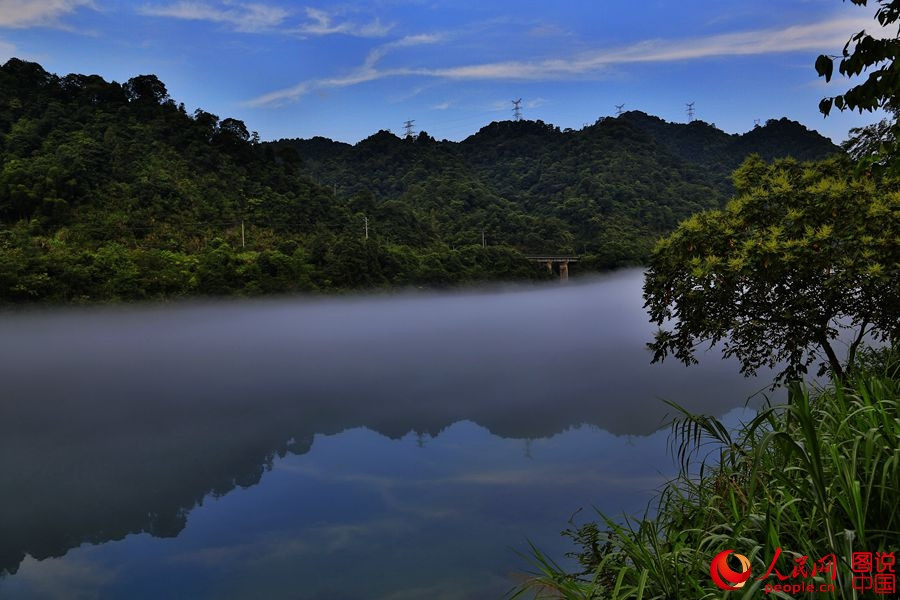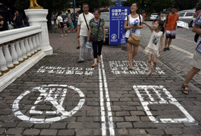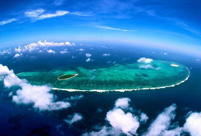 Vintage cars show kicks off in London
Vintage cars show kicks off in London
 Gorgeous scenery in NE China
Gorgeous scenery in NE China
 Picturesque Barkol grassland in Xinjiang
Picturesque Barkol grassland in Xinjiang
 Small Wild Goose Pagoda - A World Cultural Heritage Site along the Silk Road
Small Wild Goose Pagoda - A World Cultural Heritage Site along the Silk Road
 Maritime Silk Road Luxuries of the Han Dynasty
Maritime Silk Road Luxuries of the Han Dynasty
 Ciao! Chinese beauties!
Ciao! Chinese beauties!
 An eye feast: BFA freshmen registration
An eye feast: BFA freshmen registration
 Top 10 most lavish weddings
Top 10 most lavish weddings
 Most amazing chi-pao beauties
Most amazing chi-pao beauties
 Chinese lingerie brand arrives in Las Vegas
Chinese lingerie brand arrives in Las Vegas
The Philippines recently put 60 ancient maps of Asia on display. The exhibit is clearly intended to undermine China’s claim to ownership over the islands in the South China Sea. Philippines' Supreme Court associate justice Antonio Carpio noted that we should respect historical facts, not historical lies.
"The maps prove that Huangyan Island is not a part of China,” said Albert del Rosario, foreign minister of the Philippines.
Philippine officials say that the old maps indicate that from the Song Dynasty in the year 960 until the end of the Qing Dynasty early in the 20th century, China's southernmost territory was Hainan Island.
But the maps have little validity in fact.
First of all, the validity of maps has not been tested. Antonio asserted that the old maps show the “truth”. However, there is no evidence to prove that the maps are real. Even they are real, their validity still needs to be evaluated. No sensible person would deny China’s claims simply because a few old maps do not mark out China’s territory.
These maps cannot blanket the truth. The Philippines territory is stipulated by a series of international pacts. The Treaty of Paris (1898), the Treaty of Washington (1900) and the Convention between the United States and Great Britain (1930) clearly stipulated the boundaries of Philippine territory. Huangyan Island was not included.
Maps published by the Philippine authorities themselves in 1981, 1984, 2006 and 2011 show Huangyan Island outside of its territory. It is difficult for the Philippines to deny this hard and historical fact based on the old maps they have exhibited. The Philippines is displaying these old maps in the hope of soliciting international support in their favor concerning the dispute in the South China Sea.
The Philippines persists with their attempt to grab the South China Sea, and have spared no effort to promote the use of international arbitration. But it should be aware that such actions will exacerbate rather than resolve the dispute with China.
This article was edited and translated from 《菲律賓打不贏“地圖戰(zhàn)”(望海樓)》, source: People's Daily Overseas Edition, Author: Hua Yisheng
 Advanced arms help to safeguard China-ASEAN Expo
Advanced arms help to safeguard China-ASEAN Expo Leading director Wang Quan'an detained for 'buying sex'
Leading director Wang Quan'an detained for 'buying sex' Heaven on earth: Dongjiang Lake in Hunan
Heaven on earth: Dongjiang Lake in Hunan Mixed reaction to smartphone sidewalk
Mixed reaction to smartphone sidewalk 'Rainbow running' race in Jiangxi
'Rainbow running' race in Jiangxi Amazing aerial photos of China's Xisha Islands
Amazing aerial photos of China's Xisha Islands Chinese Buddhist Canon blesses Hong Kong
Chinese Buddhist Canon blesses Hong Kong Beautiful postgraduate teaches in remote area
Beautiful postgraduate teaches in remote area Top 10 world's highest-paid models 2014
Top 10 world's highest-paid models 2014 Lingerie show at 2014 Miss China
Lingerie show at 2014 Miss China Songstress Li Xianglan dies at 94
Songstress Li Xianglan dies at 94 Police recruiting posters
Police recruiting posters Anshun Daxi- Living fossil of Chinese drama
Anshun Daxi- Living fossil of Chinese drama Urban farmers in China
Urban farmers in China 'Firepower-2014 Weibei'military exercise
'Firepower-2014 Weibei'military exerciseDay|Week|Month